May 1, 2019
Your company has a culture, whether you have designed one or not
 Company culture has been in the spotlight even more than usual recently, with stories continuing to surface about the impact that it is having on businesses. The most recent being Revolut, who were called out on their questionable culture and business practices. The issues were put down to “growing pains” and a lack of budget. The truth is, every company has a culture It’s not the state-of-the-art office, the bean bags or pool table. It boils down to the founding principals and the way business gets done. It is the feel of the work environment and the way people treat each other and your implicit attitudes and behaviours. Ultimately, all of these things are in your hands — if you take it seriously from the beginning.
Company culture has been in the spotlight even more than usual recently, with stories continuing to surface about the impact that it is having on businesses. The most recent being Revolut, who were called out on their questionable culture and business practices. The issues were put down to “growing pains” and a lack of budget. The truth is, every company has a culture It’s not the state-of-the-art office, the bean bags or pool table. It boils down to the founding principals and the way business gets done. It is the feel of the work environment and the way people treat each other and your implicit attitudes and behaviours. Ultimately, all of these things are in your hands — if you take it seriously from the beginning.









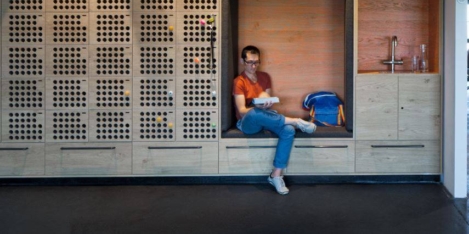
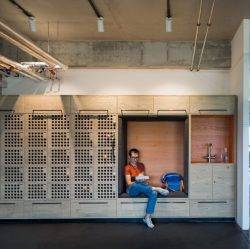


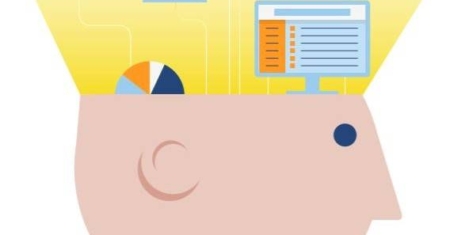





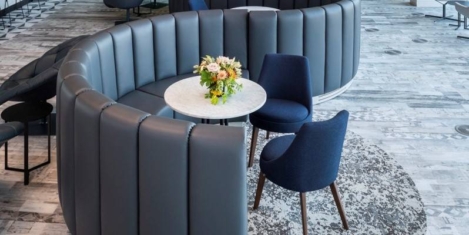
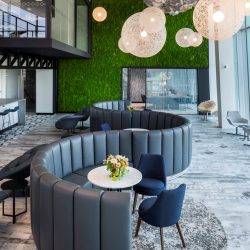
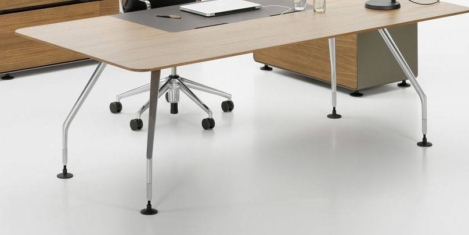

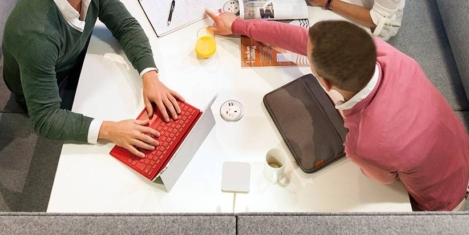

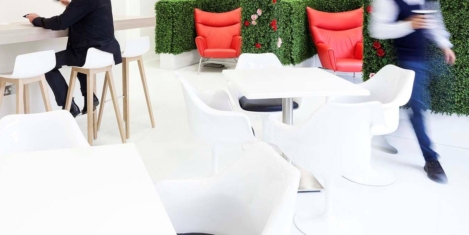
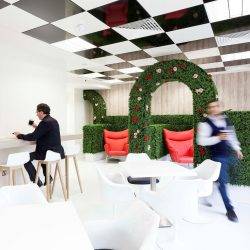


















May 3, 2019
Is stress killing creativity and innovation in your organisation?
by Alf Rehn • Comment, Wellbeing
More →